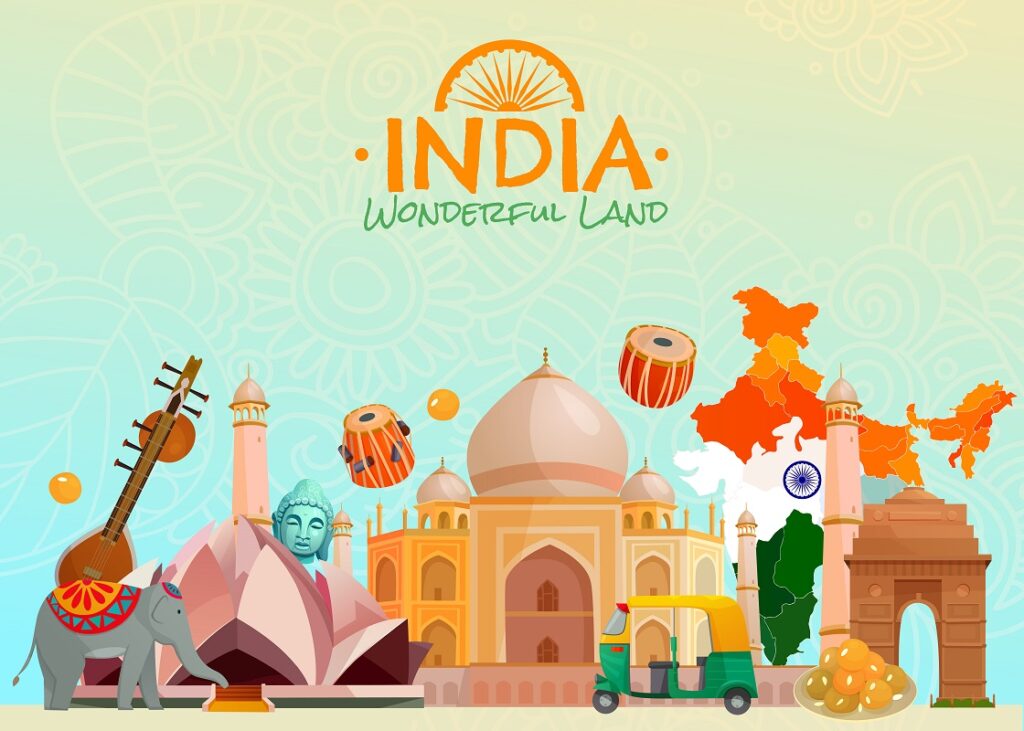
India is a country in the greater part of South Asia with New Delhi as its capital city. Its government is a constitutional republic that represents the highly populated of various ethnic groups and hundreds of languages. Since the enormous growth in population, India ranks the second highest populated country in the world, next to China.
Table of Contents
Roots of civilization
It is understood from the archeological fact that a highly civilized culture developed since the period 2600 – 2000 BCE. One of the greatest civilizations in this country is the Indus Civilization. Since then country has performed as a self-contained political and cultural heritage.
This gave rise to a distinct tradition related predominantly to Hinduism. Also the other religions, Buddhism and Jainism originated in India. Throughout the centuries the development in intellectuals is evident spectacularly in the fields of mathematics, architecture, literature, astronomy, fine arts and music.
India under the Commonwealth
The Portuguese navigator, Vasco da Gama discovered this in 1498. In the course of time, the white supremacy dominated the country. In subsequent to this it became one of the colonies under the British Empire.
It began way back in 1858 when the Indians became the subjects of the British rulers. This results in a political dispute within the nation with the end of British rule in 1947.
The partition
With the unrest political situation, India was divided and Pakistan formed. It was in the midnight of August 14, 1947, the vast country was separated.
While India and Pakistan represent the majority of the Hindus and Muslims respectively. Later in 1971, Pakistan was separated as East Pakistan(now Bangladesh) and West Pakistan. Consequently, it affects the social and political lives of the people.
Independent India
It was in 1947 India got its independence. Various leaders contributed to liberating the mass, most influential amongst them was Mohandas Karamchand Gandhi also known as Bapuji and Pandit Jawaharlal Nehru.
Contemporary India exhibits prosperity and cultural dynamism. Despite challenges in the various domain in domestic as well as economic inequality the country is developing. Also, advancements in information technology, software, scientific research, engineering, cinema, literature, music and agriculture have attained the global image.